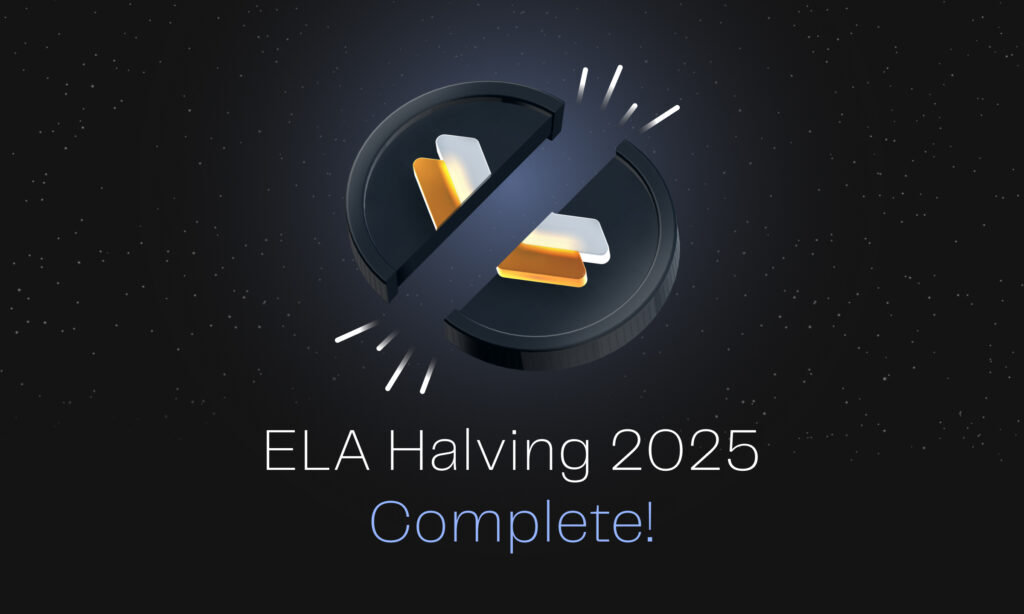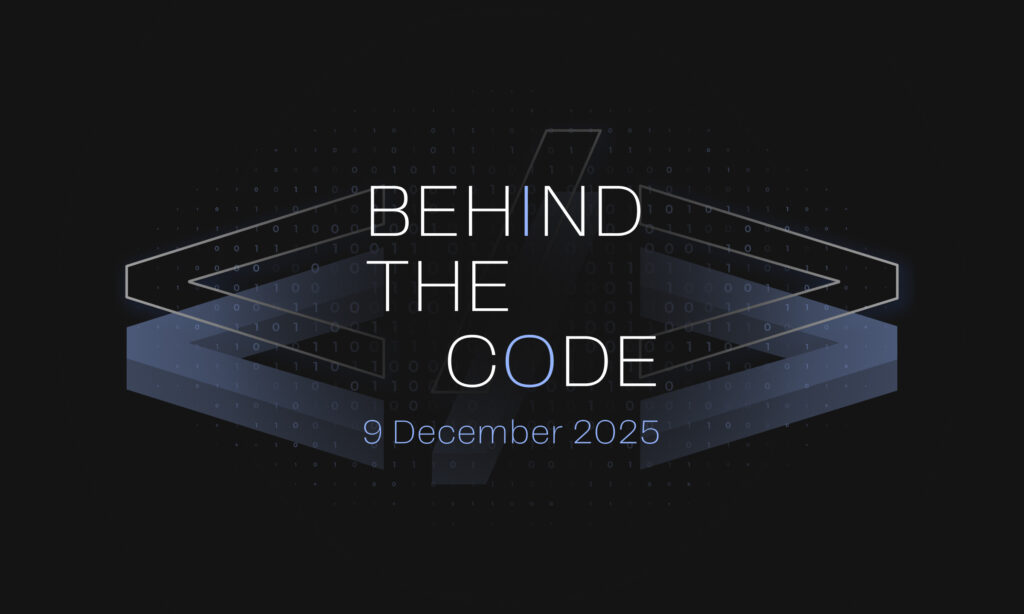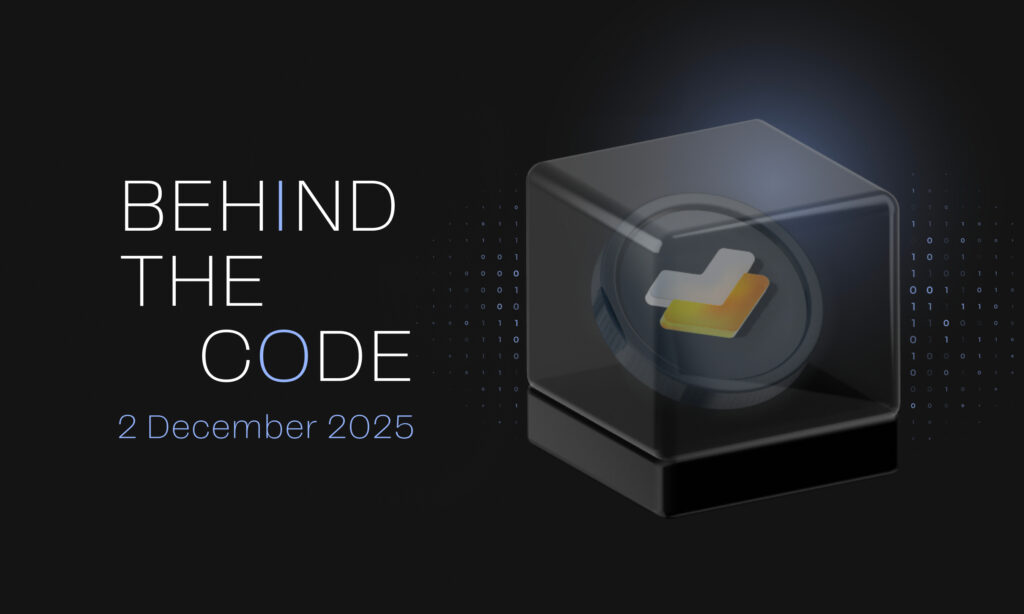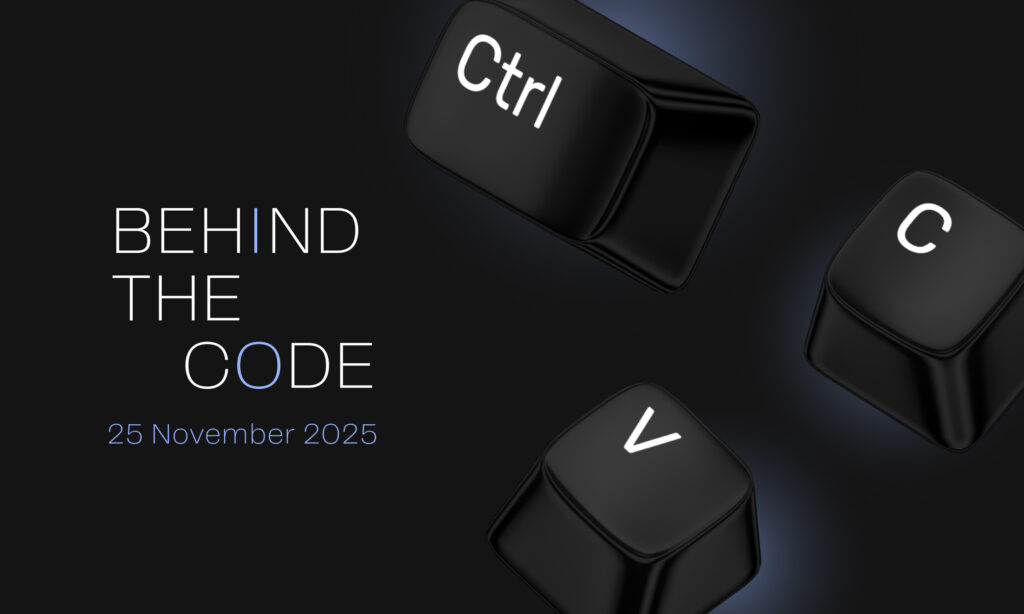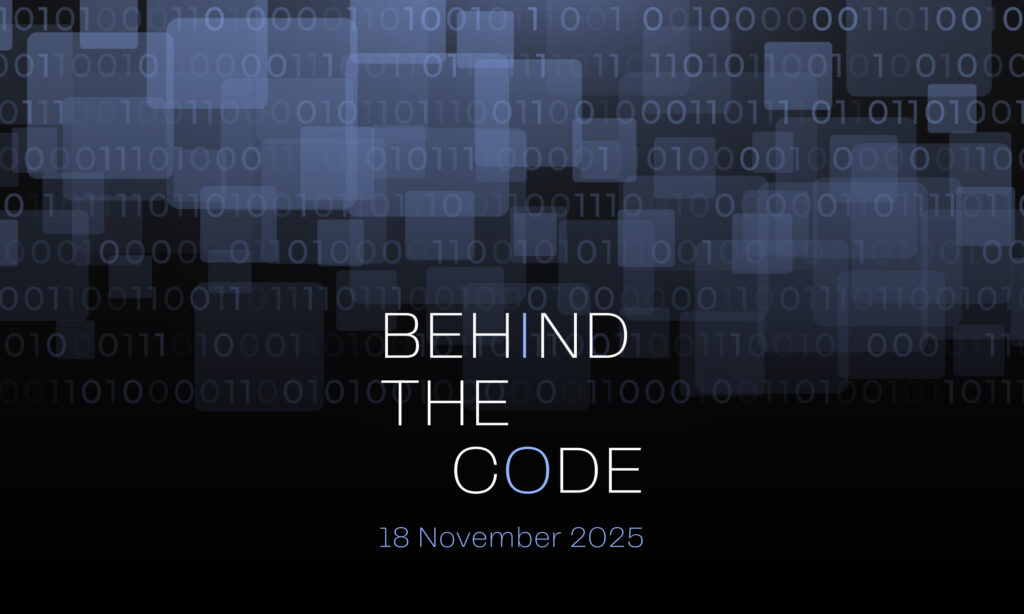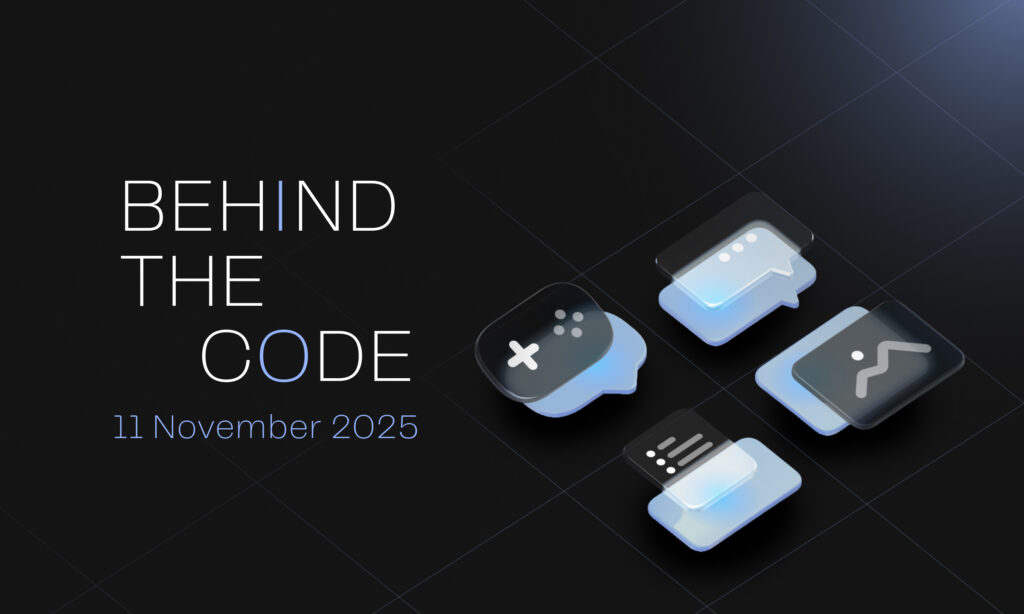For years, a common criticism of the cryptocurrency and Web3 space has been valid: it’s primarily driven by speculation rather than tangible utility. While blockchain evangelists tout revolutionary potential, most users interact with these technologies solely for investment purposes, hoping their tokens will increase in value rather than using them for practical applications.
This disconnect represents the fundamental challenge in Web3’s evolution. Despite billions in capital flowing into the space, a native monetization framework that delivers real value to everyday users has remained elusive.
What is Web3, Really?
Web3 promised a decentralized internet where users, not corporations, would own and control their data, digital assets, and online identities. In theory, this new paradigm would eliminate intermediaries, ensure privacy, enable direct peer-to-peer transactions, and create new economic models that benefit creators and users rather than platform monopolies.
In practice, however, most Web3 projects have fallen short of these lofty ideals.
Many “decentralized” applications still rely on centralized components for critical functions. Projects frequently emphasize token economics over actual utility, creating speculative assets rather than useful tools. User experiences remain complex and inaccessible to mainstream audiences. Theoretical benefits of decentralization rarely translate into practical advantages for everyday users.
In contrast, the Elastos vision for Web3 takes a fundamentally different approach. Rather than simply adding blockchain to existing internet paradigms, Elastos aims to rebuild the internet’s foundations with the World Computer Initiative. This comprehensive framework combines a browser-accessible virtual computer (pc2.net), decentralized identity, user-controlled data storage via home NAS devices, and an open marketplace for digital assets.
The Elastos model addresses Web3’s core promise: returning digital sovereignty to users without sacrificing usability. It reimagines the internet not as a collection of walled gardens controlled by corporations, but as a universal digital commons where individuals retain ownership of their digital lives.
The Missing Monetization Layer

Elacity appears to be addressing this crucial gap with a clear vision: building the monetization layer that Web3 has been missing. Elacity is developing a protocol that enables anyone to tokenize digital content, services, devices, and intelligence with embedded access, resale, and royalty logic.
What makes Elacity’s approach potentially transformative is its focus on rights management. Rather than selling speculative tokens with uncertain utility, they’re building infrastructure for programmable rights – defining what can be bought, sold, used, and reused by both humans and AI agents.
The key insight from Elacity’s framework is that digital economies need more than just ownership mechanisms – they need revenue rights. Their protocol appears to enable access rights (Buy Now, Subscription, Free-with-Ads), resale rights (define secondary rules, fees, incentives), royalty rights (earn on every future trade), and programmable scarcity.
This model shifts the focus from speculation to utility by embedding monetization at the asset layer rather than through platforms. Every digital asset becomes a self-enforcing market settled on-chain, with payments routed globally and instantly.
Connecting to Elastos’ World Computer Vision
What’s particularly interesting is how Elacity’s monetization framework could integrate with Elastos’ broader “World Computer Initiative,” which is a decentralized internet where users truly own their data, identity, and digital assets.
The World Computer Initiative creates a decentralized operating system accessible by simply typing “pc2.net” in any browser. This virtual computer connects to your personal NAS device for secure data storage while leveraging blockchain technology for identity management and transactions, freeing users from dependence on big tech companies.
This vision aligns perfectly with Elacity’s focus on true asset ownership and programmable revenue rights. Together, they could create an ecosystem where your digital identity and data remain under your control via Elastos, you can monetize your digital assets directly via Elacity, and you maintain privacy while participating in digital markets via decentralized infrastructure.
The Future: AI Agents in the New Economy
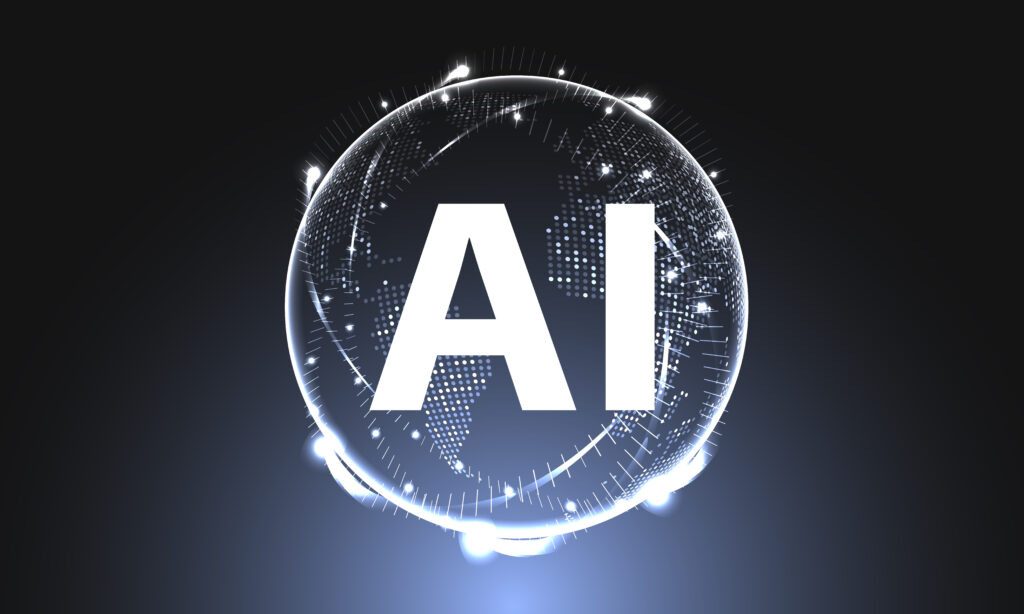
Perhaps most fascinating is how Elacity is planning to integrate AI agents into this ecosystem. Elacity envisions phases of AI integration that progressively increase in sophistication: initial AI assistants for content packaging and discovery, AI agents that can deploy standalone Web3 dApps and channels, AI-driven autonomous transactions between machines, and much more!
This progression points to a future where AI agents become active participants in digital markets, autonomously buying, selling, and licensing digital rights without constant human oversight.
Building a Web3 That Delivers More Than Promises
The true potential of Web3 lies not in creating speculative assets but in transforming how we interact with the digital world. What Elacity and Elastos are working toward represents a fundamental shift from speculation to utility – a vision that could finally bring substance to the often-hollow promises of cryptocurrency and blockchain technology.
By combining Elacity’s monetization framework with Elastos’ World Computer Initiative, we can glimpse a future digital economy where ownership is meaningful, revenue flows directly to creators, rights become programmable, privacy is preserved, and AI becomes a constructive participant in digital markets.
Just as Satoshi Nakamoto stepped away from Bitcoin to allow it to truly belong to everyone, the future of Web3 belongs not to speculators but to builders who understand that true value comes from solving real problems for real people. Elacity and Elastos will help usher in a digital economy that finally makes good on the promise of a more equitable, user-controlled internet.


